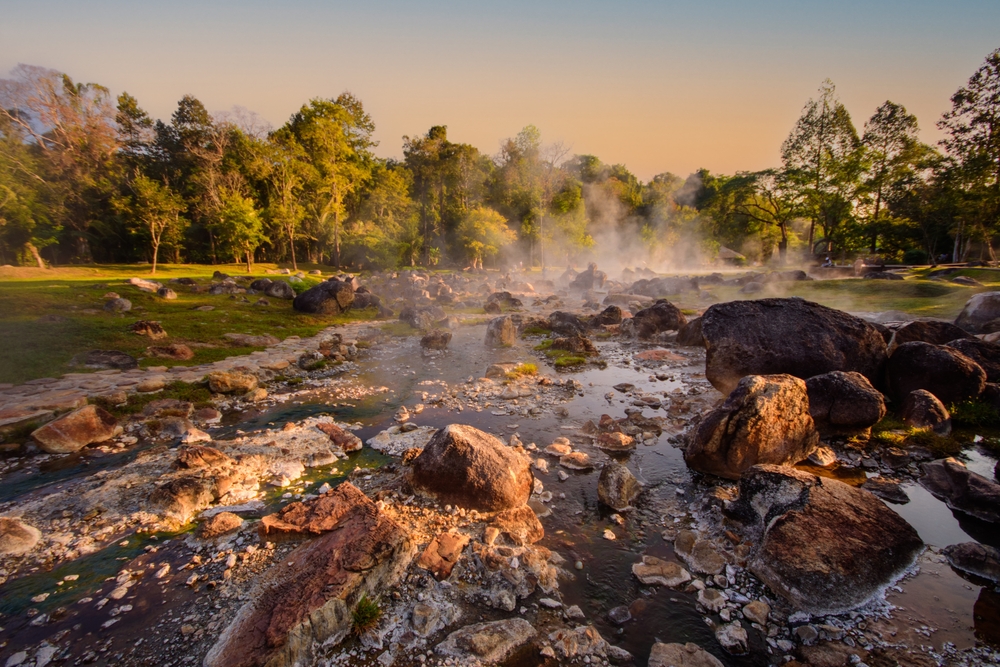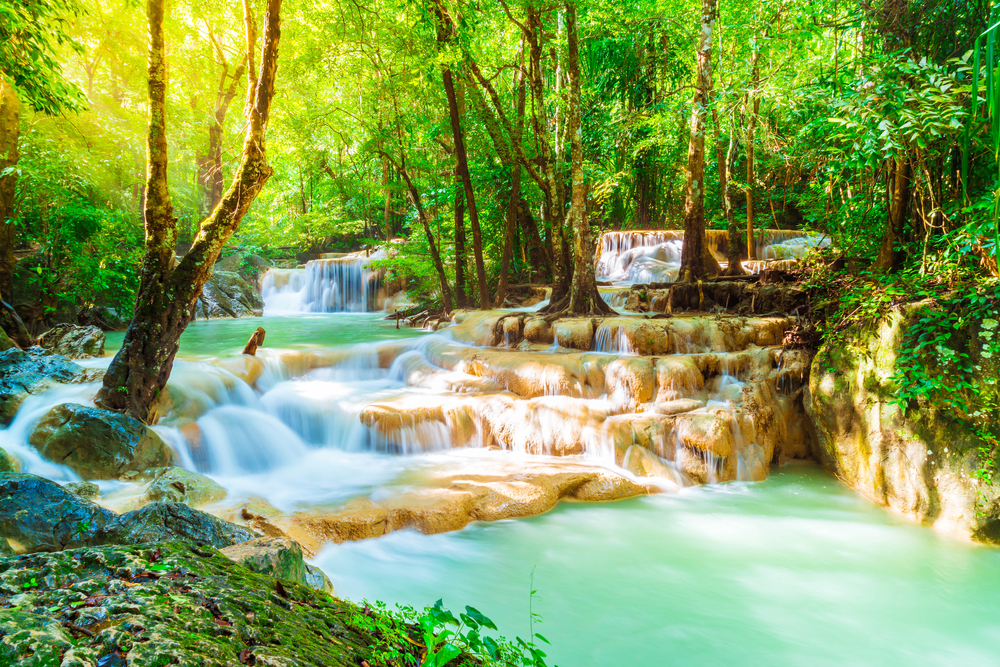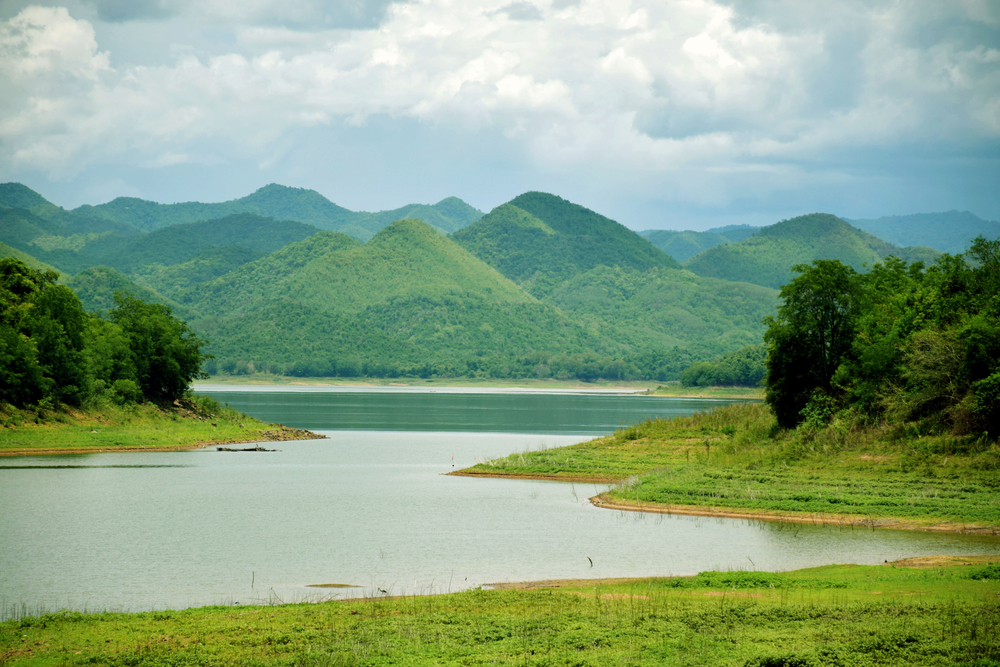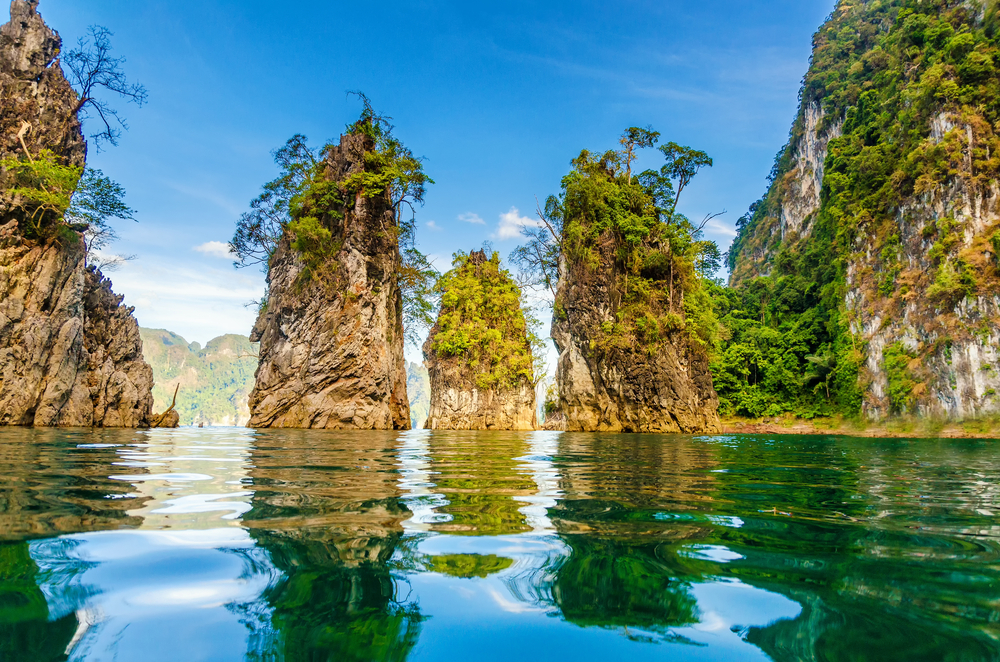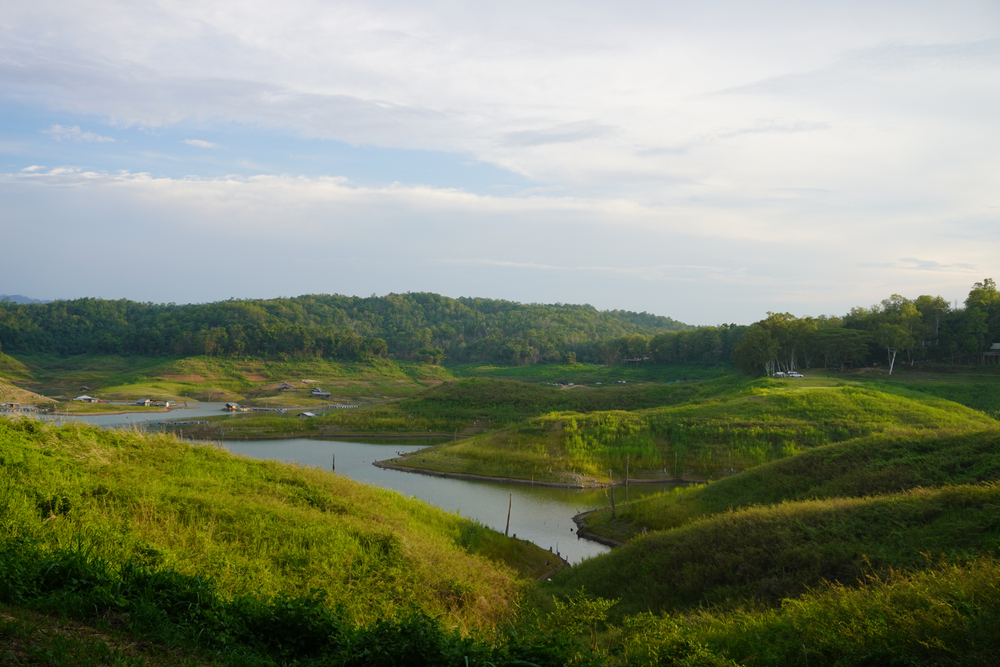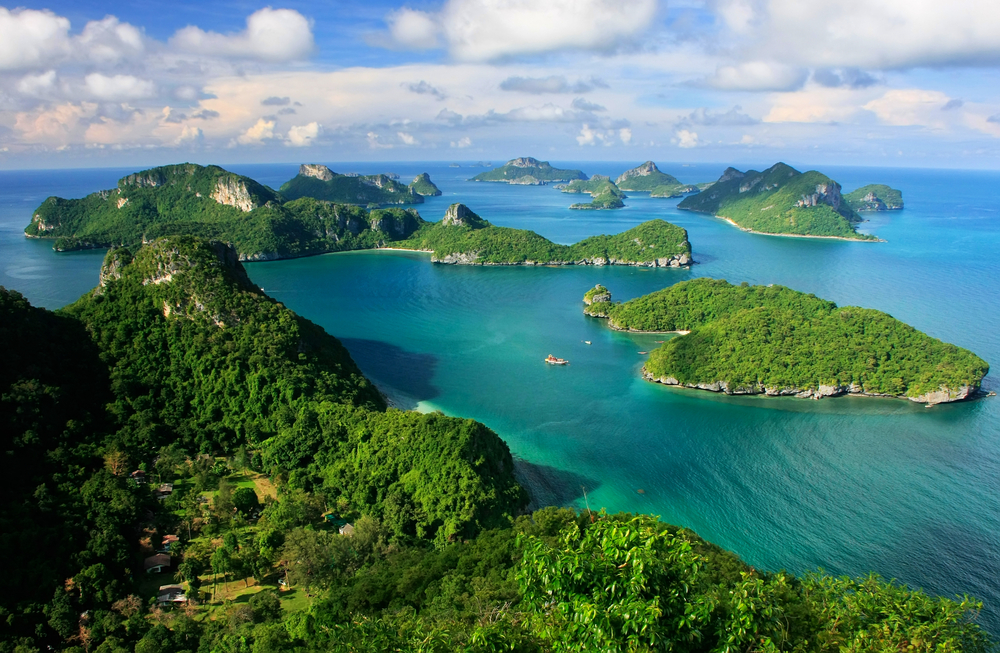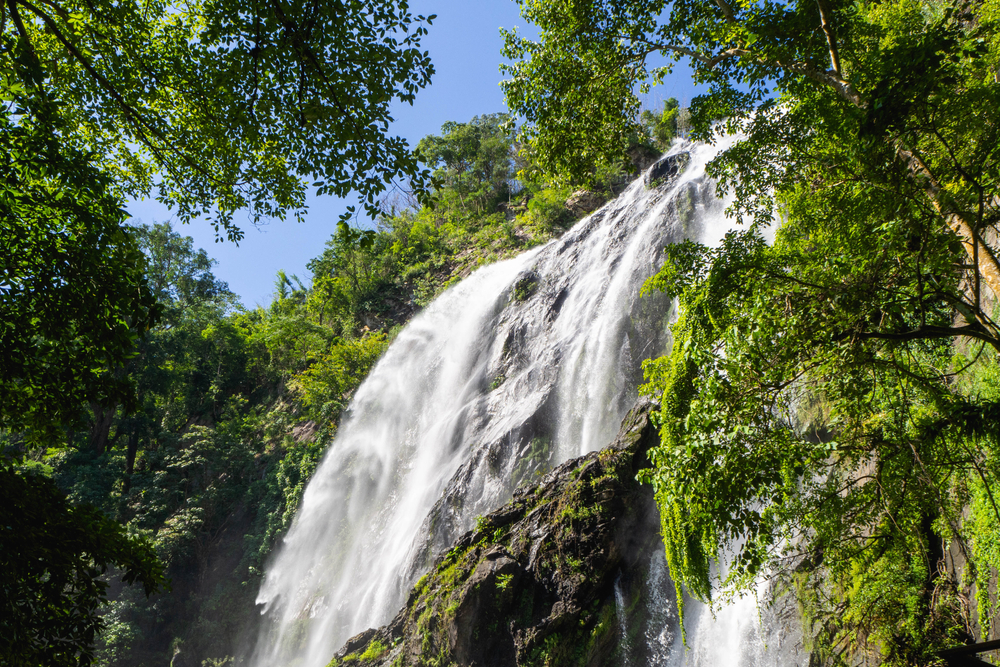Mu Ko Similan Overview
Mu Ko Similan National Park, known in Thai as “หมู่เกาะสิมิลัน,” is one of Thailand’s most breathtaking marine parks. Situated in the Andaman Sea off the western coast of Phang Nga Province, this national park spans an area of approximately 140 square kilometers (54 square miles) and comprises 11 islands.
Officially established in 1982, Mu Ko Similan is renowned for its pristine waters, vibrant coral reefs, and an abundance of marine and terrestrial biodiversity, making it a jewel of Thailand’s protected areas.
The terrain of Mu Ko Similan is a stunning mix of rugged granite boulders, dense tropical forests, and idyllic sandy beaches. The underwater landscape is equally captivating, with coral reefs, underwater caves, and pinnacles. Among the islands, Koh Similan (Island 8) is the largest and most popular, known for its panoramic viewpoints and remarkable beaches like Donald Duck Bay, named for its distinctive rock formation. The terrain beneath the waves is as diverse as above, featuring steep drop-offs and expansive plateaus teeming with life.
The park is home to an impressive array of wildlife, particularly its marine species. Divers and snorkelers may encounter majestic manta rays, whale sharks, and sea turtles such as the green sea turtle and hawksbill turtle. The coral reefs support countless fish species, including parrotfish, angelfish, and barracudas.
On land, the islands host creatures like crab-eating macaques and flying foxes, while birdwatchers can spot species such as Nicobar pigeons, white-bellied sea eagles, and bridled terns.
Popular features of Mu Ko Similan National Park include the underwater sites of East of Eden and Elephant Head Rock, which are world-famous diving destinations due to their vibrant coral ecosystems and unique rock formations. The park’s beaches, with their powdery white sand, provide serene spots for relaxation and exploration. Additionally, the pristine waters around the islands are perfect for snorkeling, kayaking, and sailing.
Visitors primarily explore the park via guided boat tours, which range from day trips to multi-day liveaboard experiences catering to divers. These excursions allow access to the park’s best dive sites and secluded beaches. Hiking trails on Koh Similan offer another way to engage with the park’s natural beauty, with viewpoints providing awe-inspiring vistas of the islands and the azure sea.
Conservation efforts in Mu Ko Similan National Park have been significant yet challenging. Over the years, the park management has faced pressures from tourism and environmental degradation, such as coral bleaching and waste accumulation. To address these challenges, the park implements strict visitor limits and enforces seasonal closures to allow ecosystems to recover. Efforts to educate visitors about sustainable practices and the importance of marine conservation have been met with success, ensuring the park remains a sanctuary for its diverse species and a haven for future generations to enjoy.











































































